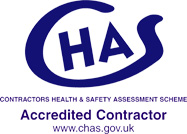Asbestos Air Monitoring
Asbestos air testing and counting rules is now covered by the World Health Organisation (WHO). Under the phase contrast microscopy there is no distinction between fibre types only the morphology of the fibre that resembles the dimensions of an asbestos fibre. The morphology of an asbestos fibre is a ratio of 3:1 with the minimum dimensions of 5 microns in length and 3 microns across the fibre. This definition represents a countable asbestos fibre, however there are many fibres that have the same characteristics as an asbestos fibre that are included within the count. The regulations under WHO also require fibres to be counted, these were previously attached to large particles that would not have been included with the fibre count in the past.
Asbestos monitoring is to measure all types of air borne fibre. The clearance requirement on asbestos enclosures states that the area must be free of dust and debris, this includes all types of fibrous materials. Therefore, areas where asbestos had been cleared must be clean of any dust and debris including that of man-made mineral fibre, wood fibre, brick dust, loose flaky paint and ingrained dirt.
Asbestos fibres are so fine that they are often mixed within common dust and debris that cannot be differentiated by the naked eye. Only under the microscope can the asbestos like fibres be identified as being present. There areas require an environmental clean to ensure that all dust and debris that can possibly contain asbestos fibres is removed.
We can advise on various air tests through our project management of asbestos removal works. All air testing will be undertaken through an accredited UKAS laboratory. Our experts are to assist the client in procurement, planning of the site works with the removal contractor, and issue of a four stage clearance air testing report that includes a risk assessment, method statement of the contractor, independent air tests and consignment notes. This will ensure that the client is fully compliant in managing their asbestos liabilities.
Below are the various types of asbestos air tests that can be undertaken. Including the definition of an occluded slide and the limits of quantification for personal air testing and limit of detection explained.
BACKGROUND and REASSURANCE AIR TESTS
The purpose of background testing is to assess the ambient fibre concentration prior to asbestos removal works, as an operational standard for further air testing in the form of leak testing where the work is done under fully controlled conditions or reassurance air testing were work is done under semi controlled conditions.
Background testing is a procedure whereby static air samples are taken in the vicinity of the work area using high-flow sampling equipment and the filter membrane method of analysis.
Reassurance air monitoring is no different to background testing, only that the procedure applies tests that are undertaken during the works phase - where there is no enclosure or even after an enclosure has been removed.
In both cases an appropriate number of air samples need to obtained from various areas as per guidance document HSG 248. The samples must be taken over a minimum of 60 minute period at a flow rate of 8.0 litres a minute. These results form the basis a Fibre Counting Report for asbestos.
A satisfactory result for a fibre counting report for re-occupation must show that at the time of testing, the airborne fibre concentration does not exceed 0.01 fibres/ml, which is the limit of detection for the filter membrane method of analysis described in HSG248. This is issued by the Health and Safety Executive.
LEAK TESTING
Leak testing is no different in testing procedure to the Background and Reassurance air test only that at the time of testing the pumps are placed beside a live enclosure where the work is being carried out. This is to ensure that there are no leaks of asbestos fibres from within the enclosure into surrounding areas. Samples are usually taken adjacent to the negative pressure unit, air-lock and bag-lock, as well as, the outer perimeter of the enclosure. Samples must be taken over a minimum of 60 minute period at a nominal flow rate of 8.0 litres per minute.
The fibre counting report must show that at the time of testing, the airborne fibre concentration does not exceed 0.01 fibres/ml. Where there are occasions that the fibre concentration exceeds 0.01 fibres/ml, the testing procedure must be repeated until the concentration falls below the limit of detection as described in HSG 248.
Where the areas are dusty or dirty and the slide is 1/8th occluded due to the dust collected on the membrane of the filter - the slide must be rejected. Occupied shops, derelict buildings and construction sites are well known to have slides fail - due to background dust levels.
PERSONAL AIR MONITORING
Personal air monitoring tests are mandatory to assess the personal exposure to employees and ensure the correct respiratory protection is issued to carry out the asbestos maintenance or asbestos removal.
The procedure for personal air monitoring is to take air samples from operatives who are working with asbestos containing materials either within an enclosure or without depending on the asbestos task. The personal sampling pump would be attached to the respirator belt and the filter holder pointing downwards, attached to the operatives clothing within 200mm of the mouth and nose of the respirator.
The samples are taken over an appropriate period agreed with the client specifically for the job being undertaken. The minimum value to be collected is 40L. The results of the air tests are recoded within the Asbestos Fibre Counting certificate. If the results exceeded the control limits the contractor must be informed and the appropriate procedure applied to reduce dust / exposure levels, once implemented - and the tests are repeated.
Limits of Quantification for personal testing
Low sample volumes are frequently encountered for personal sampling and during compliance testing i.e. short duration leak tests or removal of asbestos rope carrier fuses. For this reason each tests can be carried out for a period of 30 minutes instead of 10 minutes to give a more meaningful result. Personal pumps set at 2 /min will give a total volume of 60 litres and a limit of reportable concentration of 0.16 f/ml.
Limit of detection – explanation:
The size of the error increases when few fibres are counted. A true mean count of 20 fibres in 200 graticule areas will give a count of 10 fibres or fewer on about 5% of occasions.
This is similar to the maximum acceptable count for a blank filter; when 10 fibres in 100 graticules are measured. Therefore, it is reasonable that 10 fibres per 100 graticule areas, or 20 fibres per 200 graticule areas, should be regarded as the lowest quantifiable concentration’ (see HSG248 A1.8)
Further Information
If you would like to know more or are interested in a quote we would be happy to help. Phone us on 07730 446 224, email us at info@survey-safe.com or fill in our enquiry form and we will be in touch as soon as possible.
Survey Safe® - 07730 446 224 - info@survey-safe.com
Registered Office: Wagstaffs, Richmond House, Walkern Road, Stevenage, Herts SG1 3QP
Survey Safe® :: 07730 446 224
Survey Safe®
07730 446 224
Areas we cover
Areas we cover in London :: A
Areas we cover in London :: B
Areas we cover in London :: C
Asbestos articles
Asbestos: A possible cure being developed for Mesothelioma
Asbestos: The importance of regular staff medicals
Mesothelioma and Asbestosis: A comparison
86 per cent of school buildings contain asbestos
Workplace exposure limits
Controlling noise at work
Legionella risk
Asbestos re-inspection
Asbestos related products
Magnesite floor screeds
Asbestos in vermiculite
Chrysotile fuse carriers
Asbestos air monitoring
Asbestos cement roofs
Surviving mesothelioma
Cancer deaths from asbestos at all time high
Asbestosis
Asbestos exposure at ground zero after 9/11
Asbestos insurance claims
More asbestos related prosecutions
New asbestos regulations introduced
Asbestos contractor fined
Asbestos is a hidden health hazard in millions of homes
Asbestos exposure
Contractor fined for removing asbestos in an open wheelbarrow
Past and present uses for asbestos
Asbestos filters used in cigarettes
Privacy policy
Website map


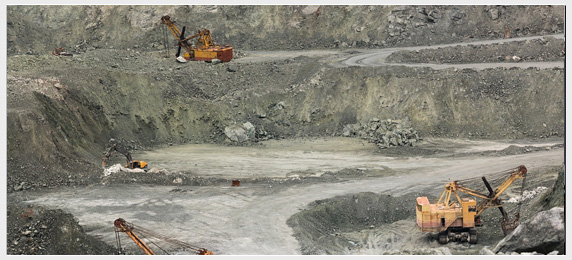
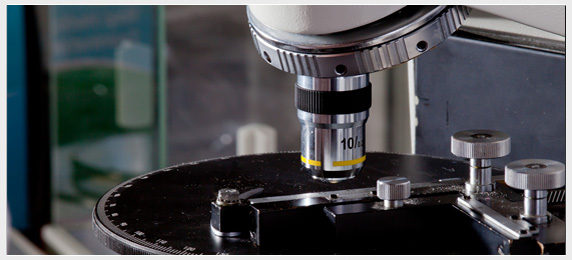

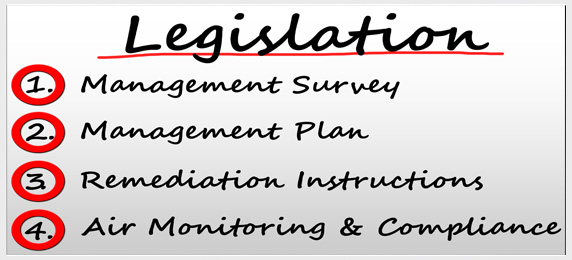
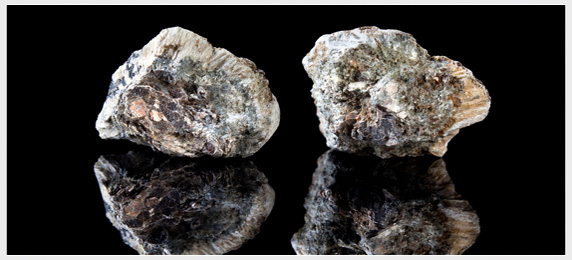
 1
1 2
2 3
3 4
4 5
5


